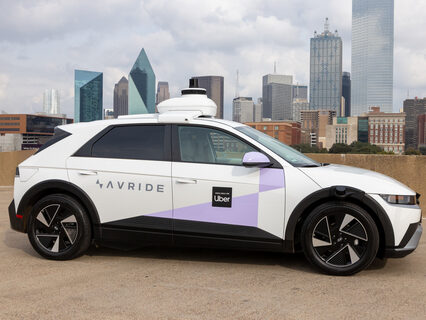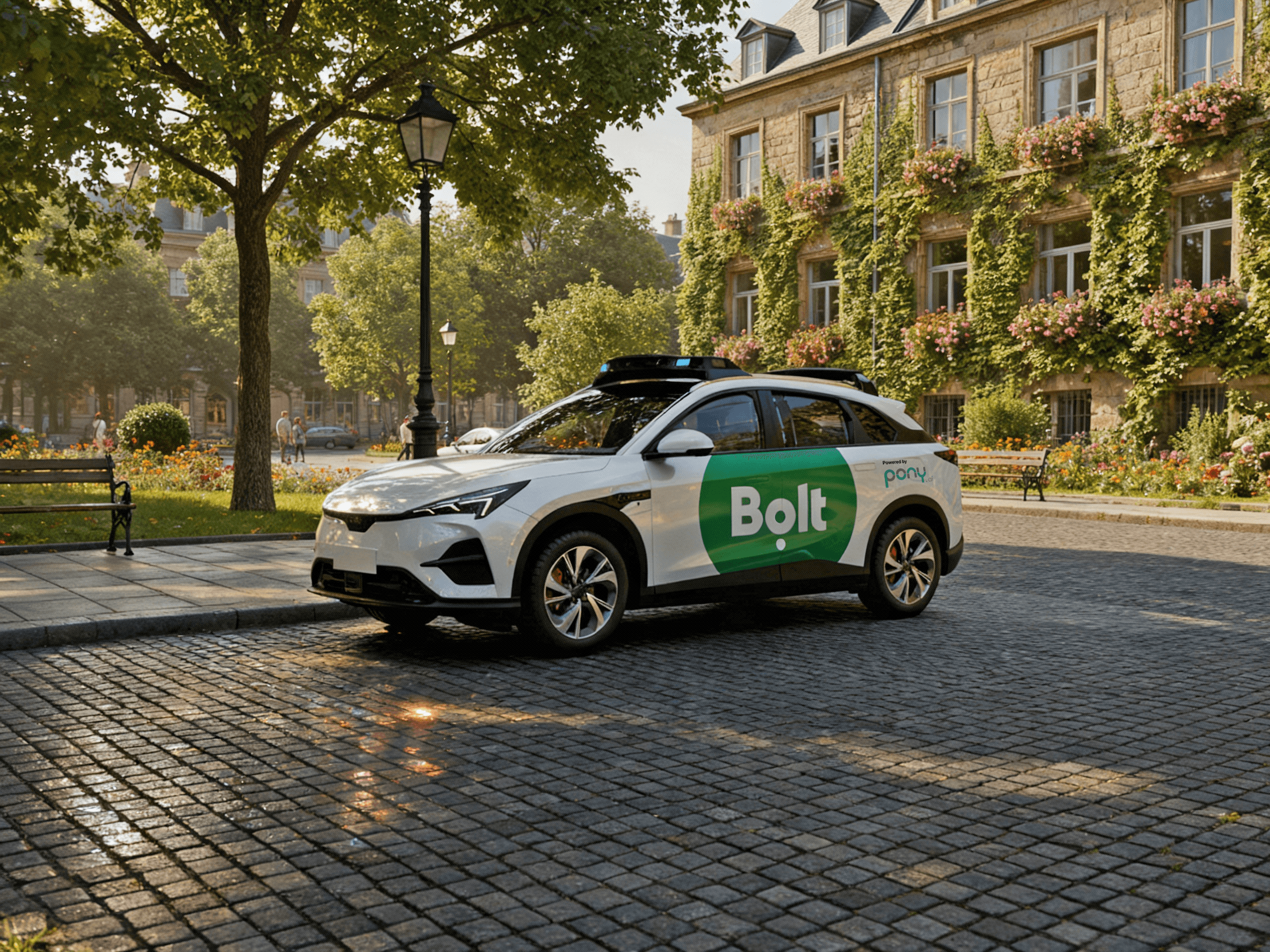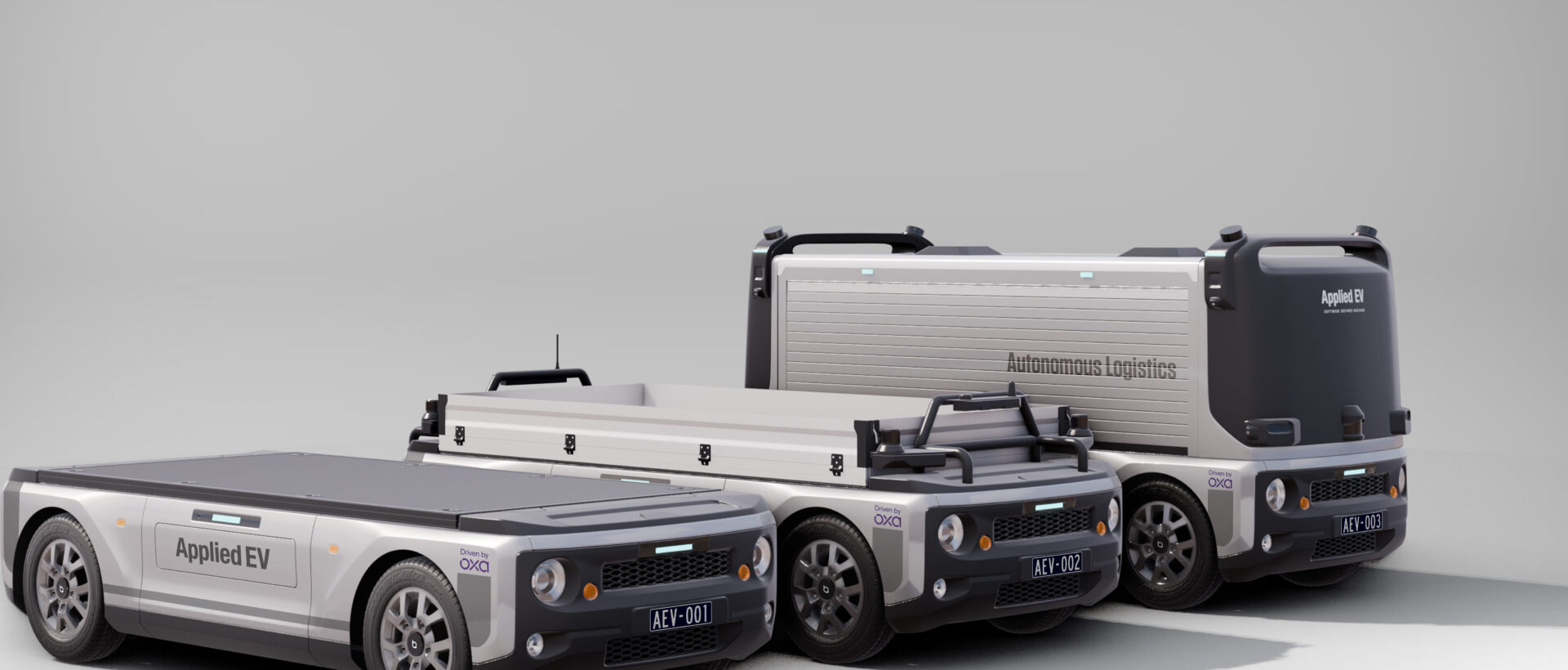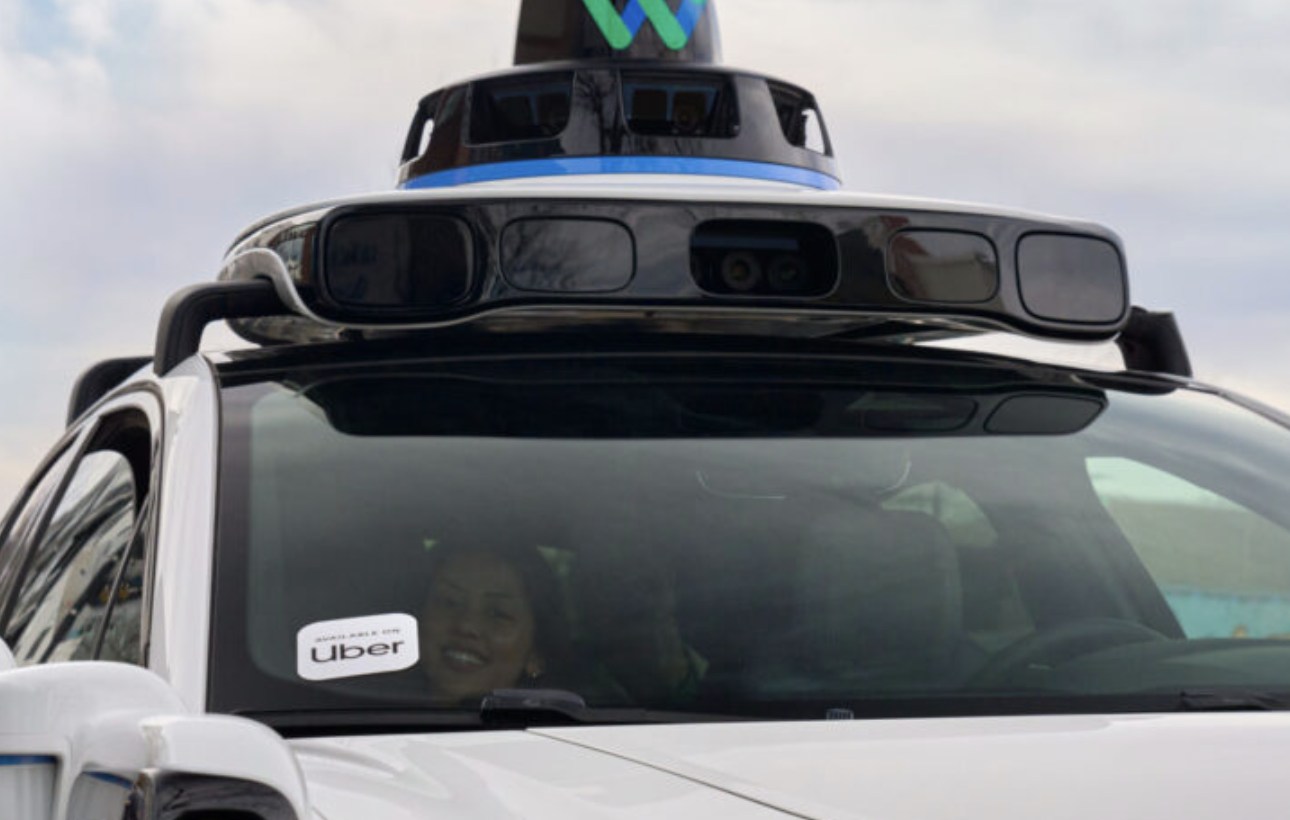As the use of autonomous vehicles (AVs) begins to shift from concept to commercial reality, companies in the ride-hailing industry are increasingly preparing for a period of change.
In the United States, Lyft aims to be part of this transition, incorporating AVs into its platform while continuing to support the human drivers who have powered its growth to date.

Lyft has recently announced new partnerships with AV developers, including May Mobility, Mobileye, and Marubeni, with the aim of beginning AV deployment as early as summer 2025. This follows pilot programmes already underway in cities like Phoenix and San Francisco.
While public discourse often frames automation in terms of job displacement, Lyft argues that autonomous vehicles will not replace human drivers outright, but rather form part of a hybrid system intended to expand transport options for passengers.
The introduction of AVs is expected to follow a phased trajectory. In the early stages, AVs are likely to have minimal impact on driver earnings. Their capabilities remain limited in scope, with operational challenges in adverse weather, low-light conditions, and on certain road types. As such, human drivers will continue to be essential in meeting demand, particularly during peak periods or in areas where AV coverage is not yet viable.
Lyft maintains that the presence of AVs on the platform can increase overall rideshare usage by improving vehicle availability and reducing waiting times. According to the company, this creates a cycle in which more efficient service encourages more frequent rides, contributing to overall market growth. Currently, ride-hailing accounts for only 2% of all car trips in the US, leaving significant room for expansion.
A Hybrid Network
As technology matures, Lyft anticipates a shift to what it terms a “hybrid network” — a system where both AVs and human drivers operate alongside one another. Drawing a comparison with the retail sector’s experience of self-checkout systems, Lyft suggests that automation may alter job roles without eliminating them entirely.
While AVs are expected to handle a growing number of standard journeys, there remain aspects of the driver experience that technology cannot replicate. These include assistance for passengers with mobility issues, customer service interactions, and local knowledge. In this context, Lyft sees scope for drivers to differentiate themselves by offering high-quality, personalised service that adds value beyond the ride itself.
Looking further ahead, Lyft envisions a scenario where personal ownership of AVs becomes more common, with individuals able to deploy their vehicles on the platform while engaging in other activities. This could extend earning opportunities to people unable to drive due to time, health, or other commitments.
To help drivers navigate this evolving landscape, Lyft is developing initiatives aimed at increasing access to AV technology. These include partnerships to support financing options, rental schemes, and workforce development programmes. The goal is to enable both existing and prospective drivers to participate in the AV economy — whether as vehicle operators, fleet managers, or in emerging roles such as AV maintenance and remote support.
Lyft also highlights existing efforts to assist drivers with career development outside the rideshare sector. Through collaborations with organisations like Merit America and tools like the Lyft Driver Accomplishments AI letter, the company is offering drivers pathways to upskill and explore alternative employment opportunities.
A Managed Transition
The rollout of autonomous technology within the rideshare sector remains in its early stages, and many questions — technological, regulatory, and social — are yet to be resolved. However, Lyft’s stated approach is one of gradual integration rather than immediate overhaul. Central to this strategy is a continued focus on providing drivers with flexible work and a range of opportunities as the mobility landscape changes.
While the long-term implications of AVs for the labour market are still subject to debate, Lyft’s current position suggests a preference for coexistence over substitution.











